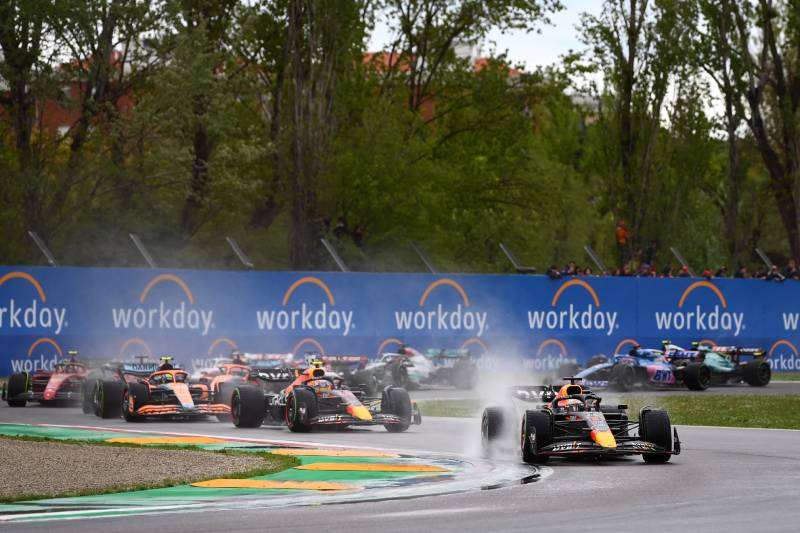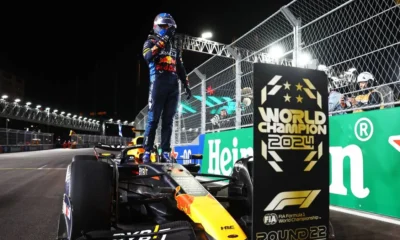Motorsport
Ecology and sustainability: F1 is facing significant changes in the coming years. What will be affected and will we see more sprints?
With the start of the 2022 season, Formula 1 has entered a new era in terms of both technical and sporting regulations. But that doesn’t mean we won’t see more changes, and somewhat more significant ones, in the years to come. So what can F1 fans expect?

With the start of the 2022 season, Formula 1 has entered a new era in terms of both technical and sporting regulations. But that doesn’t mean that we won’t see more changes, and somewhat more significant ones, in the years to come. So what can F1 fans expect?
Recently the F1 Commission met, specifically in London, to discuss the points for the 2026 season, or what will happen with sprint racing in the upcoming season.
F1 representatives thus debated in particular the power units for 2026, which are supposed to be more financially and environmentally sustainable, and it is these parameters that are supposed to be the main decision point as to whether car companies like Porsche or Audi will actually enter F1.
This is because teams are to use sustainable fuel from 2026, with the use of electricity set to rise to 50%.
Furthermore, the current turbo hybrids are among the most powerful in F1 history, but modifications to the powertrains will mean the removal of the MGU-H, which may cause some loss of performance.
In addition, however, F1 is looking to make some significant inroads into the rules associated with aerodynamics in Formula 1. Above all, F1’s aim is to reduce the size of the monoposts, preferably to reduce the weight of the cars, to continue to improve safety and last but not least to focus on recyclability and the use of sustainable materials.
Also new is that Formula 1 has been testing cameras mounted directly on the helmets of drivers since last season. The Commission agreed in London that these cameras should be a compulsory feature from the 2023 season.
In order to be more sustainable and promote the green side of F1, it also agreed that in future teams would have 11 sets of tyres every race weekend. Not 13 as we know it today.
So from next year, F1 wants to start a test regime where at two selected circuits teams will receive two less sets.
Another big talking point was the potential increase in sprint races for the 2023 season, which would increase to six. We wrote more about the sprints in this article. However, to cut a long story short, F1 originally planned to have six sprint races this year.
However, the teams have disagreed on compensation amounts due to a potential collision. Some teams demanded a much larger increase in the budget ceiling than what F1 was willing to concede.
The F1 Commission did approve this number of sprints in London, but when the matter came to a point of gaining majority support, the FIA did not support the plan for the time being.
To be clear – in order for the increased number of sprints to make it into the sport’s regulations for 2023, 25 out of 30 approvals are needed. Ten votes are from the teams, ten from the FIA and ten from the FOM.
According to the Motorsport website, FIA president Mohammed Ben Sulayem has reportedly announced that he is willing to consider increasing the number of sprints provided the governing body is given some financial input.
Needless to say, his stance angered all those voting. Later, however, the FIA agreed to study the impact that six sprint races would have on its staff.
So we will have to wait for the final decision. The last major issue was what race would replace the cancelled Russian Grand Prix. However, the F1 Commission has not yet agreed on that either.
Sources












